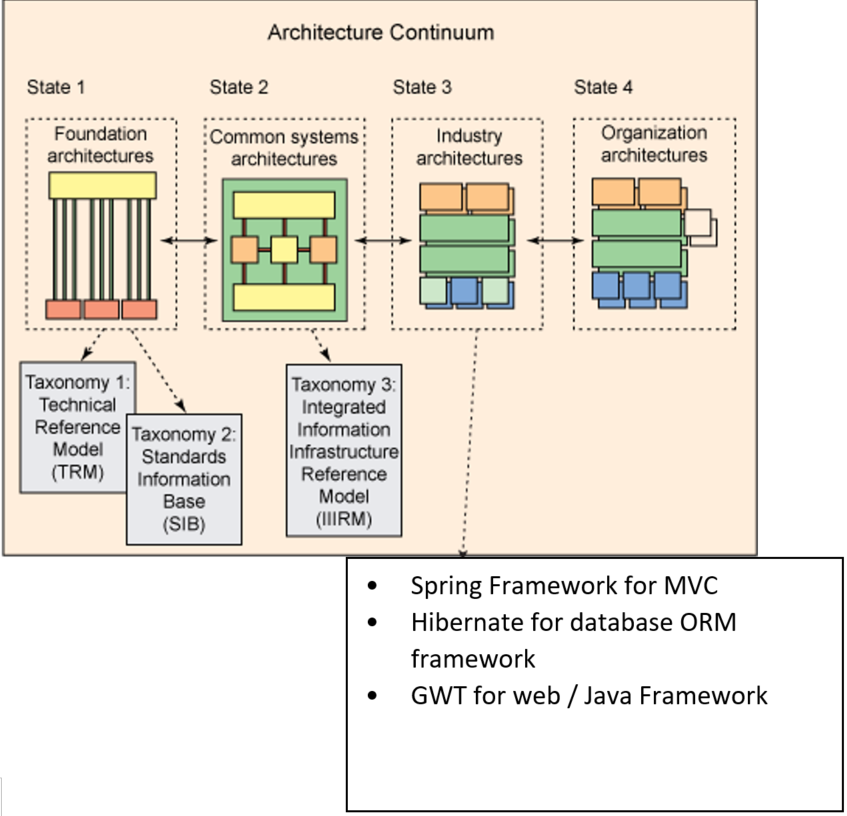Introduction
In the vast landscape of enterprise architecture, establishing a solid foundation is paramount for the successful development and implementation of specific architectures. At the heart of The Open Group Architecture Framework (TOGAF) lies the Foundation Architecture, a framework of generic services and functions that serves as the bedrock for more intricate architectural structures. Central to this Foundation Architecture is the Technical Reference Model (TRM), a key player in shaping the landscape of system architectures.

The Foundation Architecture
TOGAF’s Foundation Architecture comprises two pivotal elements—the Technical Reference Model (TRM) and the Standards Information Base (SIB). While the SIB offers a repository of standards to define organization-specific architectures, the TRM provides a universal model and taxonomy of generic platform services. This TRM is the linchpin that enables the construction of diverse system architectures while maintaining a common, foundational core.
Universality and Applicability
The TRM is designed to be universally applicable, making it a versatile tool for building any system architecture. Its reach extends across industries and domains, providing a standardized framework that transcends specific organizational requirements. This universality ensures that the TRM can be employed as a foundation for diverse architectures, fostering interoperability and software portability.
Components of the TRM
The TRM is composed of two fundamental components—an intricate taxonomy and an associated graphic representation. The taxonomy serves as the backbone, defining the terminology and offering a comprehensive description of the components and conceptual structure of an information system. This clear and organized terminology facilitates communication and understanding among architects and stakeholders.
The accompanying TRM graphic is a visual aid, providing a representation of the taxonomy. This visual element enhances comprehension, making it easier for stakeholders to grasp the intricate relationships and dependencies within the architecture. Together, the taxonomy and graphic create a holistic understanding of the TRM, ensuring its effective utilization in architectural development.
Objective of the TOGAF TRM
The primary objective of the TOGAF TRM is to establish a widely accepted core taxonomy and its visual representation. By doing so, TOGAF aims to provide a standardized foundation upon which architects can build and organizations can structure their architectures. This core taxonomy serves as a shared language, fostering collaboration and ensuring consistency across diverse architectural endeavors.
Conclusion
In the dynamic realm of enterprise architecture, the Technical Reference Model (TRM) in TOGAF stands as a stalwart pillar within the Foundation Architecture. Its universal applicability, clear taxonomy, and visual representation make it an indispensable tool for architects and organizations embarking on the journey of architectural development. As technology evolves and industries progress, the TOGAF TRM remains a timeless guide, offering a stable foundation for the ever-changing landscape of system architectures.